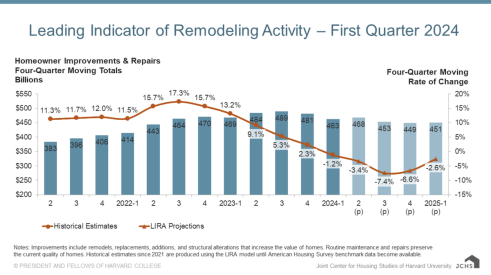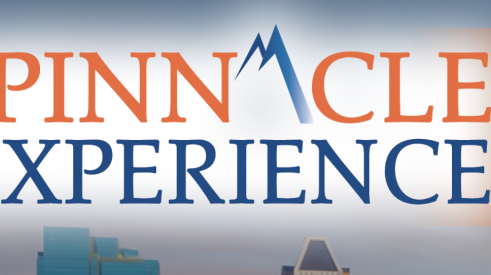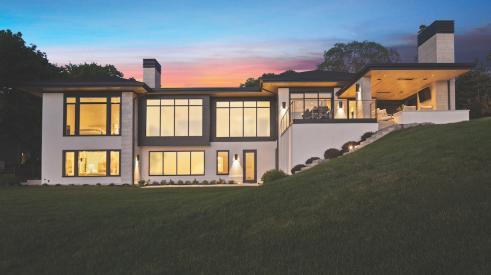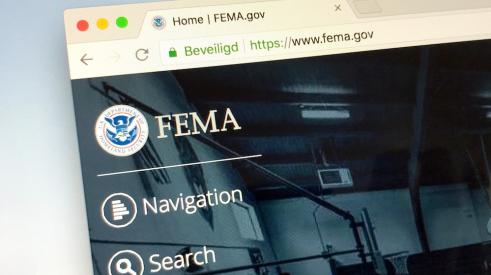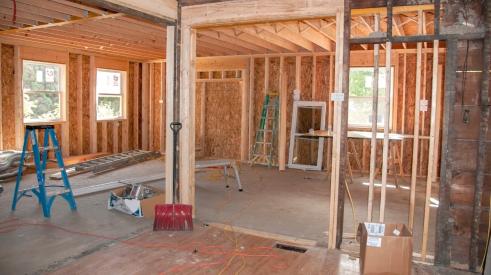|
|
There are a lot of terms and phrases that get thrown around when it comes to green remodeling and building. Not understanding the basic concepts can make it difficult to follow the discussion. Here are a few of the common words and ideas you should understand:
GREEN is a buzz word, no doubt about it. But underneath the warp of marketing, there is meaning that endures — and matures. Initially, green building meant "less taxing on Earth's resources." Today, it's about state-of-the-art construction or best practices; installing particleboard cabinets that off gas is not state-of-the-art or green. Plunking solar panels on a roof, while failing to orient for passive heat gain, misses the green mark of excellence.
Many building products and furnishings release or OFF-GAS chemicals. Volatile organic compounds (VOCs) become gaseous under atmospheric conditions. Despite their bad rap, not all VOCs are hazardous to health. Meanwhile, other chemicals, such as formaldehyde, methyl chloride, and chlorinated organic compounds, are not technically VOCs but still have potentially serious health consequences.
CERTIFICATION is an independent, third-party process for establishing the greenness of projects (NAHB's National Green Building Standard), of professionals (NARI's Green Certified Professional, NAHB's Certified Green Professional), of products (EPA's Energy Star), and of product source (Forest Stewardship Council).
EMBODIED ENERGY refers to the upfront or fixed energy cost of building a house as opposed to the energy cost of operating it. For example, a home built of adobe bricks made on-site and fired in the sun has a very low embodied energy cost. Calculating embodied energy is a tough task. The process begins by estimating the energy used in mining, harvesting, and transporting raw materials; manufacturing a product; and shipping it to market. The end point disappears on the horizon. It includes the energy cost of getting the product to a construction site; moving laborers to and from the site, operating machinery and tools on site; plus a pro-rata percentage of all the energy invested in manufacturing the equipment used in each step of the process.
The energy intensity of a material or product is highly correlated to its CARBON FOOTPRINT. That's because burning fuel to operate electrical plants and to power machinery and transportation generates gases that cause a warming or greenhouse effect. Today, carbon dioxide stands as the proxy for all greenhouses gases. The smaller the carbon footprint of a person or building, the lower the impact on climate change. In theory, one can take actions to neutralize a carbon footprint. By fully offsetting a carbon footprint, a person or project becomes CARBON-NEUTRAL.
ZERO ENERGY means that a building exports as much or more energy via grid-connected photovoltaic or wind systems than it takes in gas and electricity to operate it. (Embodied energy is not factored into the equation.) Conservation through passive design and a tight building envelope are the cornerstones of a zero-energy home.
Conventional and solar heating systems are called ACTIVE because they use mechanical, moving parts to collect heat from air, the ground or a fluid and convert it into a desirable thermostat setting. A conventional HVAC system represents a modest amount of embodied energy but uses a lot of energy in the operating mode. An active solar heating system has a higher quotient of embodied energy but requires less operating energy.
PASSIVE SOLAR is a completely different building construct based on adapting the building to the climate through thoughtful design. Houses capture solar heat in winter through proper orientation but bar it in summer with deep eaves. Natural lighting replaces light fixtures. Tight building envelopes minimize the need for supplemental heating and cooling. If well-designed, a passive home will have less embodied energy than a conventional house with minimal energy use for climate control. (There are also passive solar hot water systems.)
LIFE CYCLE COSTING is an engineering practice of estimating the total financial cost of constructing, operating and maintaining a building over its life cycle. In short, durable buildings that minimize energy and water use will achieve a better LCC than others. Direct costs are relatively straightfoward. The problem is identifying and quantifying indirect costs (e.g. the impact of a reflective building on it's urban environment) and benefits (e.g. higher employee productivity due to natural lighting).
A LIFE CYCLE ASSESSMENT quantifies the environmental, rather than financial, impact of a material, product or building. The scope of an assessment is CRADLE-TO-GRAVE or CRADLE-TO-CRADLE, if components are reusable or recyclable. The goal is to, first, identify all the energy, water and materials that flow in and out of each lifecycle stage and, second, to assess the impact of those flows on humans, other species and our shared habitat.
If you have ideas or comments, e-mail michael.morris@reedbusiness.com
Don't let the plethora of new terms overwhelm you
Add new comment
Related Stories
Harvard Says Remodeling Spending Downturn to Slow
Could the drop in remodeling spending from post-COVID levels regulate soon?
Power Home Remodeling Now Offers Subsidized Childcare
The home improvement giant's move seeks to address a greater industry issue
Contractor Facing Lawsuit in ‘Major Case’ by Ohio Attorney General
An Ohio custom builder and remodeler faces a lawsuit after alleged losses exceeding $1 million
Learn from the Best in Home Improvement and Remodeling
This year’s Pinnacle Experience aims to help remodelers stay ahead of their competitors by featuring captivating keynote speakers and subject matter experts, collaborative roundtable discussions, and networking with proven players from across the country.
Registration Open for The Pinnacle Experience 2024
Register today for The Pinnacle Experience 2024 in Baltimore from June 26-28. Join the best and brightest in home improvement and remodeling for insight, advice, and relationship-building that will help you take your business to new heights.
Marvin Releases Switchable Privacy Glass Window
The privacy glass windows can be purchased from Marvin's Direct Glaze windows
Gas Ban in New Construction Considered by Chicago
The mayor-backed ordinance would impact all new construction
Working Toward Affordable, Resilient Homes
A new natural disaster protection act from NAHB aims to support hazard mitigation projects
The Remodeling Market Could Turn in Q4, Says Harvard
Repair and remodeling spending could see an uptick at the end of the year
Seattle Contractor Finds Grenade During Remodel
Polar Bear Construction Owner Vadim Kharkhavyy and the owner were equally shocked




